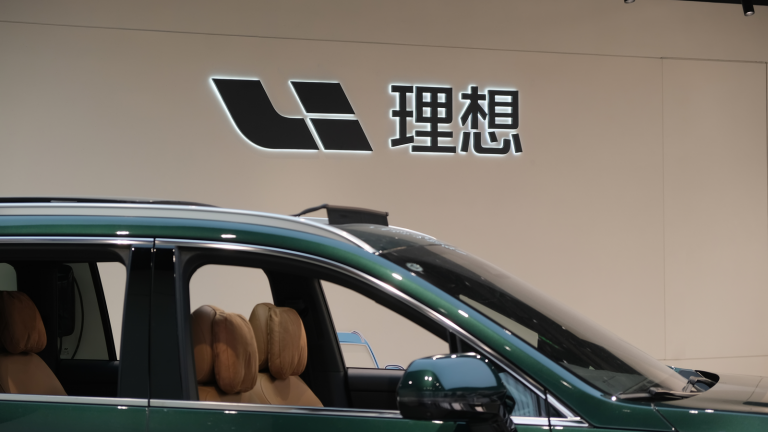Li Auto (NASDAQ:LI) stock is just the largest of four Chinese electric vehicle names traded in New York. The others are Xpeng (NASDAQ:XPEV), Nio (NYSE:NIO), and Polestar (NASDAQ:PSNY). The last is based in Sweden but controlled by Geely (OTCMKTS:GELYF), a Chinese company.
There are others. BYD (OTCMKTS:BYDDF) is the largest, by far, but they’re not alone. There are also joint ventures, like Wuling Motors (OTCMKTS:WLMTF) and General Motors (NYSE:GM) of the U.S. The question I want investors to ask today is, can Li stock survive in this crowd?
Chinese Industrial Policy
China’s industrial policy is aimed at creating mass employment for people whose parents were poorer than 19th
century American sharecroppers.
This makes cars important. They’re built by armies of workers, much as smartphones are assembled. But they’re designed by educated engineers and programmers who can make six figures, like their American counterparts.
Electric cars are important because Chinese industrial policy wants to dominate the green industries of tomorrow. The air in many Chinese cities is like the Los Angeles smog of the 20th century, or the London fog of the 19th century. China dominates in the production of solar panels and electric batteries. Greener transportation just makes sense.
China encouraged production with big tax subsidies. But China is anxious to get rid of them. If the economy were doing better, it might have already done this. Once the subsidies are gone, expect rapid industry consolidation.
To survive, companies will need to be scaled. Li Auto looks scaled, but it’s much smaller than BYD. It’s also smaller than Tesla (NASDAQ:TSLA), brought in to give Chinese companies a global leader to shoot at.
Li’s Electric Risk
Li found a niche with hybrid SUVs. Plug-in hybrids (PHEVs) deliver 200 miles of range on batteries. That’s enough so city drivers can recharge at home each night.
The gas engine feeds the battery and increases that range to 800 miles. This eliminates the “range anxiety” that keeps many buyers from going electric.
But this is a short-term advantage. Li plans to add fully electric cars to its line, and gradually evolve to an all-electric future. At that point, its pitch to buyers will change. The company insists it will master full self-driving, like Tesla.
As the prices of batteries decline, it will cut prices. But it will continue to deliver full-size cars.
This means Li is ignoring much of the Chinese car market, the middle-class families drawn to BYD’s cars and the Hongguang Mini. This is the biggest risk I see in the brand today.
Can battery prices decline fast enough for Li to match what it delivers to what people want? Li has not yet expressed any interest in the export market, except for used cars. This means it will remain smaller than its chief rivals, a Cadillac among Chevys, a BMW among VW Beetles.
The Bottom Line on Li Stock
Lower-cost, all-metal batteries are coming. So are lower-cost EVs affordable to the global middle class.
It’s ironic to hear GM CEO Mary Barra claim she can’t sell an electric under $40,000, given the Mini’s success. She is assuming that the structure of the U.S. market will remain the same as battery costs decline. She’s also panicking about a supply problem technology can solve.
Li is a better buy than GM because Li understands the issues. I personally believe Toyota Motor (NYSE:TM) is a better buy than Li because Toyota is scaled to solve these issues. China’s industry will have to consolidate to provide a real threat. But will Li be among the survivors?
As of this writing, Dana Blankenhorn did not hold (either directly or indirectly) any positions in the securities mentioned in this article. The opinions expressed in this article are those of the writer, subject to the InvestorPlace.com Publishing Guidelines.

